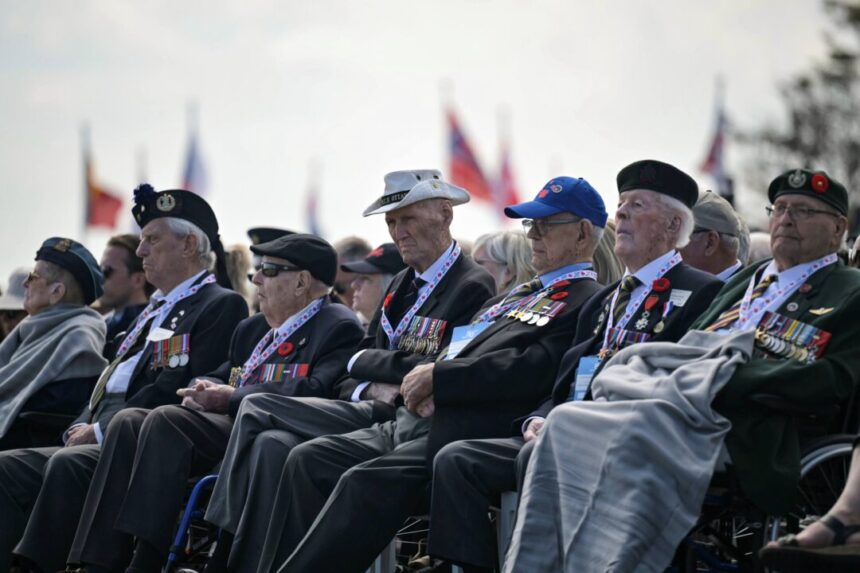Commentary
Canada recently observed the 80th anniversary of the D-Day landings at Normandy, a significant event in Canadian history. It is crucial to comprehend the efforts made by Canada to earn its place on the battlefield.
On June 6, 1944, the Allies executed the largest military landing in history with a massive naval, air, and land assault on Nazi Germany’s Atlantic Fortress. Among the forces landing on the Normandy beaches were 30,000 Canadian soldiers, sailors, and airmen, making up a substantial portion of the attacking force. This was not merely symbolic; the Canadians played a vital role in achieving victory. This was a remarkable accomplishment considering Canada’s military status just five years prior.
When Canada declared war on Germany in September 1939, the country had a population of 11 million with minimal armed forces. There was a single under-strength army brigade and a tank regiment with no real tanks. The Royal Canadian Air Force had only one modern fighter squadron, and the Royal Canadian Navy possessed just six destroyers. Prime Minister William Lyon Mackenzie King had neglected military preparedness due to the belief that another European land war was unlikely following the horrors of World War I.
It was only after Hitler’s conquest of France in June 1940 that Canada realized the imminent danger. Responding to the threat with Britain facing surrender, Ottawa significantly increased defense spending to establish a capable Canadian army, navy, and air force to support Britain in combating Hitler. The National Resources Mobilization Act granted the federal government exclusive authority to manage the wartime economy. The majority of Canadians, who were strongly pro-British at the time, energetically contributed to the war effort. They accepted strict rationing of various commodities, purchased war bonds, and volunteered for the armed forces.
By the early 1940s, Canada was actively engaged in the war effort with enthusiasm and determination. Canadian shipyards produced numerous corvettes and frigates to escort convoys and combat German submarines. The country also trained a significant number of pilots through the British Commonwealth Air Training Plan at Canadian airports. Canada’s land forces grew to the extent that the First Canadian Army was established, with troops fighting in Italy and stationed in the UK, prepared for the Normandy landings.
The substantial expansion of Canada’s military capabilities was acknowledged by British General Bernard L. Montgomery, the overall ground troop commander at Normandy. He had previously commanded Canadian troops in Italy and respected their combat proficiency. Consequently, he assigned the Canadian landing force their own beach at Juno Beach in Normandy. Despite facing fierce opposition, the Canadians successfully landed and made significant progress inland, contributing to the weakening of Hitler’s grip on western Europe. Considering Canada’s position in 1939, the country’s role in the war by its conclusion was truly remarkable.
Reflecting on Canada’s achievements at Normandy prompts the question of whether modern Canada could rise to a similar challenge today. The Canadian Armed Forces, plagued by outdated equipment and recruitment challenges, reflects a long history of neglect and mismanagement. Despite this, Canada has overcome such obstacles in the past.
Standing near Juno Beach is the Juno Beach Centre, serving as a museum and memorial to commemorate the Canadian forces landing 80 years ago. Plaques, memorials, and street signs in former battlefields pay tribute to the Canadian soldiers who fought there. These markers serve as reminders of the crucial role played by Canada during that pivotal moment in history.
The events at Normandy represent one of Canada’s finest moments, and the lessons learned must not be forgotten.
The views expressed in this article are the author’s opinions and do not necessarily reflect those of The Epoch Times.
Please rewrite this sentence.
Source link





